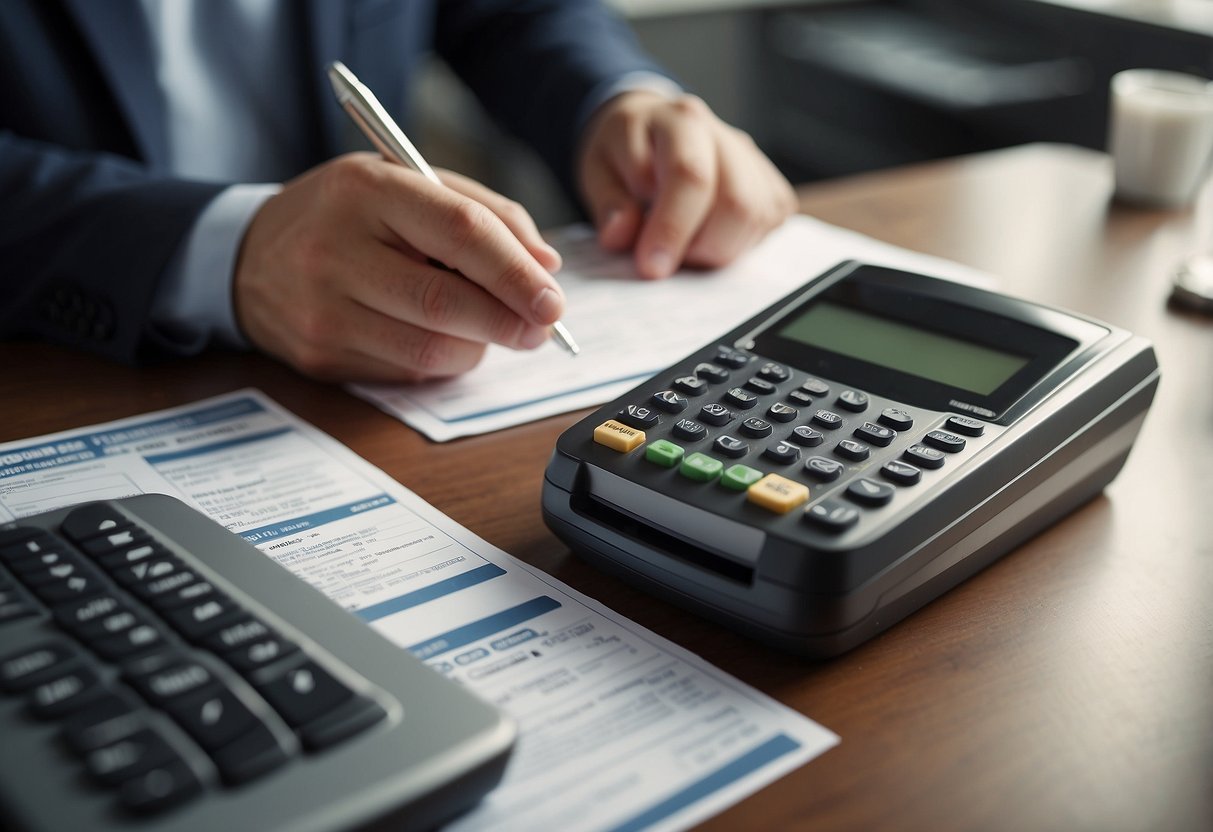
Preparing to Open an Account
Opening a bank account involves ensuring you have the correct documents and understanding the financial requirements.
Document Requirements
To open a bank account, certain documents are essential. Typically, one must present a valid government-issued ID, such as a driver’s license or passport. Proof of address is also required, which can be a utility bill or lease agreement. Some banks may necessitate a Social Security number for identification purposes. Additionally, bringing proof of income or employment can be beneficial. The specific documents may vary depending on the bank’s policies and the type of account being opened.
Banks aim to verify your identity and residency to comply with legal regulations. Ensuring all documents are up to date and accurate will facilitate a smoother account-opening process.
Minimum Deposit and Balance Requirements
Banks often have minimum deposit requirements to open a new account. This initial deposit varies across banks but generally ranges from $25 to $100. Some accounts, particularly savings accounts, may have higher minimums.
It’s also crucial to be aware of any ongoing minimum balance requirements. Banks may impose fees if the account balance falls below a certain threshold. This balance requirement ensures the account remains active without incurring penalties. Checking these requirements helps in choosing the right account that matches one’s financial capability and expectations.
Meeting these financial prerequisites is key to maintaining a healthy account status and avoiding unnecessary charges.
Navigating the Account Opening Process

Opening a bank account involves a few essential steps, including filling out the application, comprehending the terms and conditions, and setting up online banking. Each step requires careful attention to ensure a smooth process.
Application Process
The first step in opening a bank account is to complete an application, which can often be done online or in person. Applicants need to provide personal information, such as full name, address, date of birth, and identification details. Valid forms of identification may include a driver’s license, passport, or other government-issued ID.
In addition to identification, some banks might require proof of address. This can be a utility bill, lease agreement, or another document showing the applicant’s current residence. Some accounts may also require an initial deposit.
Applicants should review the application for completeness and accuracy before submission to avoid delays. Once submitted, banks typically conduct an identity verification process, which may take a few days. A confirmation email or letter will often notify acceptance of the application.
Understanding the Terms and Conditions
When opening a bank account, it is crucial to read and understand the terms and conditions associated with it. These documents outline the rights, responsibilities, and fees tied to the account.
Key areas to pay attention to include minimum balance requirements, monthly fees, and transaction limits. Some accounts require maintaining a certain balance to avoid fees. Transaction limits may apply to the number of withdrawals or transfers allowed within a month.
Understanding the interest rates for savings accounts or the structures for checking account fees is vital. If the terms seem unclear, potential account holders should not hesitate to ask bank representatives for clarification.
Setting Up Online Banking
Once the account is set up, setting up online banking is an essential step. This allows account holders to manage their finances from a computer or mobile device. The initial setup usually involves creating a username and password, followed by verifying the email address and phone number.
Online banking provides tools to view account balances, transfer funds, pay bills, and monitor transactions. Many banks also offer mobile apps, which add convenience by allowing users to deposit checks and receive instant alerts on transactions and account activity.
To ensure security, users should opt for multifactor authentication when available. Regularly updating passwords and reviewing account activity minimizes risks of unauthorized access.